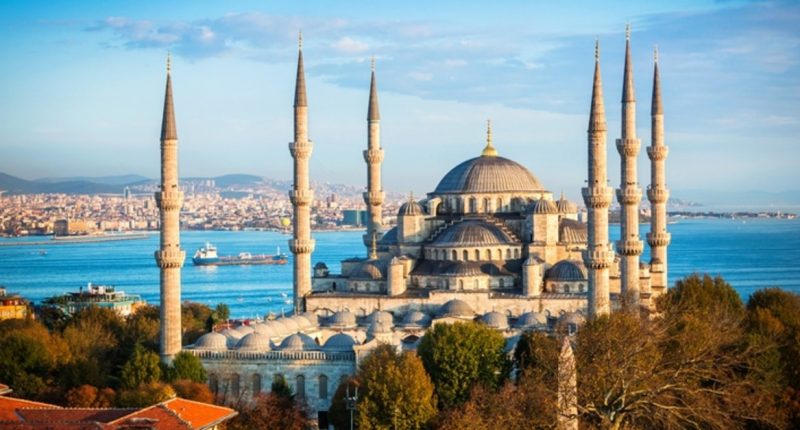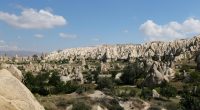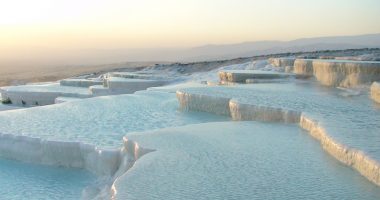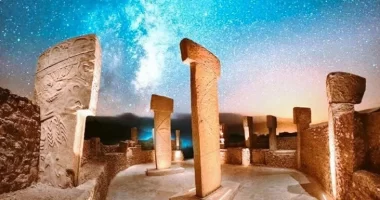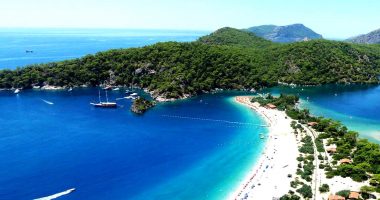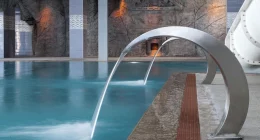Table of Contents
Blue Mosque (Sultan Ahmet Mosque), is one of the most special mosques in Turkey and perhaps the world. With its splendor, history and fine details, it is perhaps one of the must-see places in Istanbul. However, there are some things you should know before going to the Blue Mosque.
You may be interested: Cavusin Cappadocia
Blue Mosque History and Information
The construction of the Blue Mosque, built by the Ottoman Sultan Ahmed I, who ascended the throne almost as a child and died at a very young age, started in 1609 and could be completed in 1616 after 7 years of hard work. After Mimar Sinan, there is only one person who is believed to be able to produce such a work, and that is Architect Sedefkar Mehmet Ağa, who is also one of Mimar Sinan’s students, and he is the architect of the mosque.
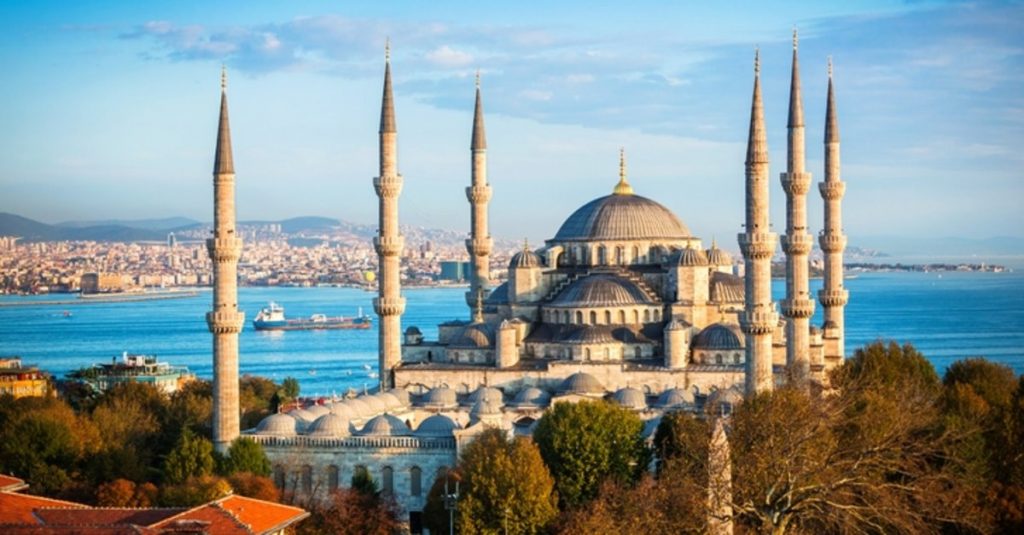
Considered together with the mosque complex, it is one of the largest complex structures in Turkey. Unfortunately, the complex has not reached the present day. With the Hagia Sophia losing its mosque qualification and turning it into a museum in 1934, it gained the distinction of being the main mosque of Istanbul and even Turkey. Today, the mosque, which hosts tens of thousands of people who come to the mosque during the day both to pray and to see, also has some lesser-known interesting features.
Interior Architecture of the Blue Mosque
If we talk about the interior of the mosque, it consists of a square and marble inner courtyard with a fountain, 26 columns and 30 domes. It was designed on a square plan with a main dome of 24 meters in diameter and 43 meters in height. The main dome is carried by four elephant feet with a diameter of five meters each. With a total of 260 windows arranged in 5 rows in the main dome and semi-domes, a light unlike any other mosque welcomes you in the Blue Mosque.
There are 3 gates through which you can enter the mosque. When you enter the main gate, the Hippodrome gate, you will see the marble altar and the minbar on its side. In this section, you can see how Mehmet Ağa successfully combined his architecture with his painting. We find it useful to note as a footnote that Mehmet Ağa was a student of Mimar Sinan.
About the Minarets of the Blue Mosque
Hagia Sophia wanted to surpass the Temple of Solomon in Jerusalem, and Sulaymaniyah wanted to surpass Hagia Sophia. At the end of this competition, it was decided that the Blue Mosque would only exceed Hagia Sophia in order not to disrespect its ancestors. The Blue Mosque was built as a magnificent structure with its 6 minarets, which is unique in Ottoman history.
However, these 6 minarets caused some controversy. The fact that it had 6 minarets at the time it was built was considered disrespectful to the mosque in the Kaaba. To put an end to these discussions, Sultan Ahmet I had the 7th minaret added to the mosque in the Kaaba.
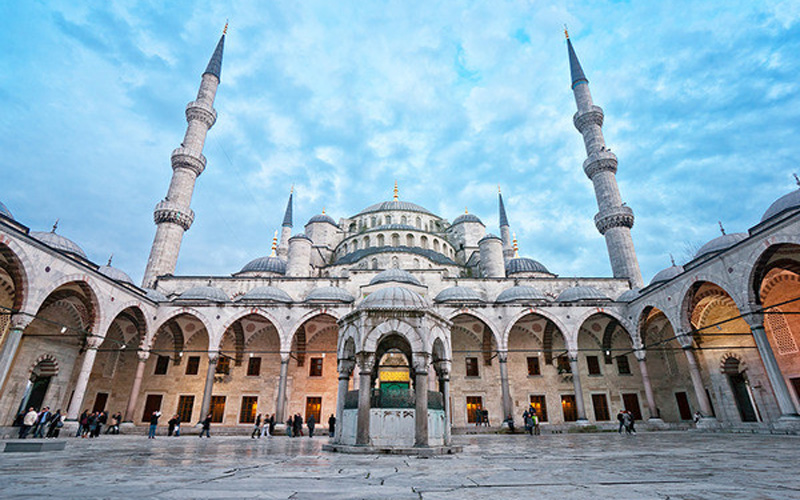
Unknown Features of Blue Mosque
- While the foundation of the mosque was being laid, the sultan himself filled his caftan with soil and carried it to the foundation. Likewise, important religious and statesmen of the period participated in the groundbreaking ceremony and prayers were said.
- It is the only selatin mosque with 6 minarets.
- The fact that the mosque will have 6 minarets and the Kaaba also have 6 minarets caused a reaction. The sultan himself must have given some right to the reactions that he had the minarets of the mosque built after he had the 7th minaret of the Kaaba built to solve the problem.
- Rumor has it that minarets were intended to be built of gold. However, because the budget was not enough, Sedefkar Mehmet Ağa supposedly misunderstood this order and built “six” minarets instead of “gold”.
- The mosque is illuminated with 260 windows. The dome height of the mosque is 43 meters and the diameter of the dome is exactly 23.5 meters.
- There is an iron cord at the entrance of the mosque. When the sultan comes to the mosque, he has to enter the mosque by bowing on his horse. Thus, it was aimed to give the message that even the sultan who enters the house of Allah should bow down.
- The pickaxe that Ahmed I used while laying the first foundation in the construction of the mosque is kept in Topkapı Palace.
- When it was first built, its name was Yeni Cami. It was named Sultanahmet after the New Mosque built in Eminönü.
The construction of the Blue Mosque, built by the Ottoman Sultan Ahmed I, who ascended the throne almost as a child and died at a very young age, started in 1609 and could be completed in 1616 after 7 years of hard work.
Why is the Blue Mosque called the Blue Mosque?
Enter the mosque from any door you wish, and there is a tiled, ornate and colorful landscape in front of you. On all walls, there are tile panels in blue, green, red and turquoise colors, mainly made with plant motifs. Among tourists, the Blue Mosque is referred to as the ‘Blue Mosque’. The reason is the interior appearance in blue tones caused by the blue tiles we mentioned.
Things to Know Before Visiting the Blue Mosque
The first thing you should pay attention to is the costume and the outfit. In this religious building, which is open to worship, you are asked to pay attention to what you wear as a respect for spiritual values and the people who worship inside. You cannot go inside with a mini skirt, shorts, an off-the-shoulder or sleeveless blouse, and a top and with your head uncovered. For this reason, it is useful to go in the summer season by paying attention to this. The mosque has found a solution in this regard by giving one piece of cloth clothes in the cabins at the entrance for tourists.
In this mosque, where places of worship and visitation are separated, silence is a second important point. Such an important rule has been set in order to prevent the people praying inside from being affected by the noise.
It is worth noting that the municipality’s iftar tents are here during Ramadan. Due to these iftar tents set up in Sultanahmet Square, there is a crowd waiting to break the fast in the garden of the mosque.
Arasta Bazaar, located in the same complex as the Blue Mosque, is a frequent destination for visitors for shopping. If you want to buy souvenirs and gifts about the day you went, especially if you came from a far place, this bazaar is for you.
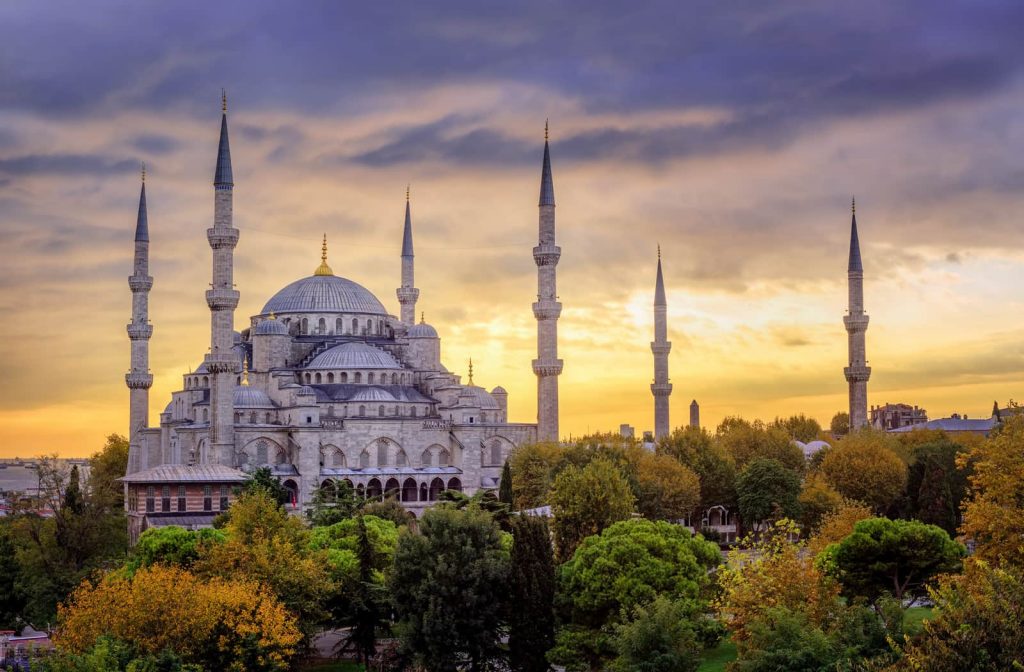
Where is Blue Mosque?
Located in the province of Istanbul, the mosque also gave its name to the district where it is located, Sultanahmet. Access to the mosque is possible with many different alternatives from almost anywhere in Istanbul.
Note: Click for German dream interpretations
How to get to Blue Mosque?
If you want to go to the Blue Mosque in Istanbul, you need to evaluate different modes of transportation. There are different transportation options for people on the Anatolian and European sides. If you are thinking of going from the Anatolian Side, you have to cross the ferry first. You should take the ferry from Kadıköy to Eminönü. Then you need to take the Kabataş-Bağcılar tram. You can reach the mosque by getting off at the Sultanahmet (Blue Mosque) stop from here.
From Üsküdar, you have to use the Marmaray to reach Sirkeci station. You should take the same tram again and get off at the Blue Mosque stop. If you are going from Ümraniye, you should take Üsküdar Çekmeköy metro and get off at the last stop in Üsküdar and get on the Marmara.
It can be said that there are different means of transportation for those coming from the European Side. Those arriving from Esenler or Bayrampaşa should take the Yenikapı-Airport metro and get off at Aksaray station. Kabataş-Bağcılar can be reached by tram line. Those arriving by Güngören Bağcılar can also use the same tram.
